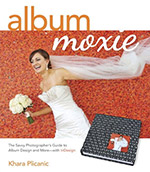One of the best things you can do for your wedding clients is to offer them a professionally designed wedding album. As they shop for a wedding photographer, most clients are only interested in getting photos on a USB drive. They think that digital proofs give them most flexibility as they can post or print them however and whenever they want. But the truth is, once the “honeymoon period” is over, all they really have is a mess of digital files. They’ll likely forget to back them up and even if they do, who knows if the data will still be readable in 10-20 years?
You may think, “It’s not my problem if they lose their photos, or if their backup drives are not readable. I shot the wedding and delivered the photos. I did my job.” But, did you? Is what you delivered really what’s best for your customer in the long run? Looking back at their experience with you a few years from now, how do you think they will feel?
You may also say that designing an album takes too long or that the time investment isn’t worth it. The question is: have your really tried designing an album using the right tools and techniques, or have you just heard other photographers complaining about their own workflow nightmares? (Hint: a lot of good photographers have crappy workflows.)
There is a way to design an album quickly and painlessly, and the rewards can be huge. The key is using the right tools and having a few key strategies in place. Here are a few tips on how to design a professional looking wedding album in record time and maximize its profits:
Keep it simple
Learn design basics
Focus on the story, not embellishments
Use the right tools
Deliver it fast
PREVIEW Sample of a well designed album on Banti.
Keep it simple
Simplicity always wins. This doesn’t only mean to keep your design simple (we’ll talk about that in the third section), but also to keep the process simple. One of the ways to do this is by choosing initial album photos yourself. Consider this part of the service you provide, as you are a professional photographer who best knows how to tell a wedding story through photographs. When telling the story, you have to be a shrewd editor. Just like movie directors have to make tough decisions on deleting some scenes from a movie to make the story as effective as possible, you have to edit your photos to tell the best story.
As they say, less is more. Instead of an album jam packed with 200 images, be more choosy and you’ll find the story is often stronger. (How many pages is enough? Obviously it varies for everyone, but 15-20 page albums seem to be a sweet spot for most Banti clients.)
OFFER: Get Started with Banti Album Proofing today and get a FREE InDesign Album Template
Learn design basics
As a photographer, you’re an artist, but that doesn’t necessarily mean you’re also a designer. Surprisingly, design isn’t about decoration. It’s about effective visual communication. Here are some basics ideas you can use to make your album designs stronger (hint: it’s not about adding drop shadows and ornaments):
Keeping photos aligned.
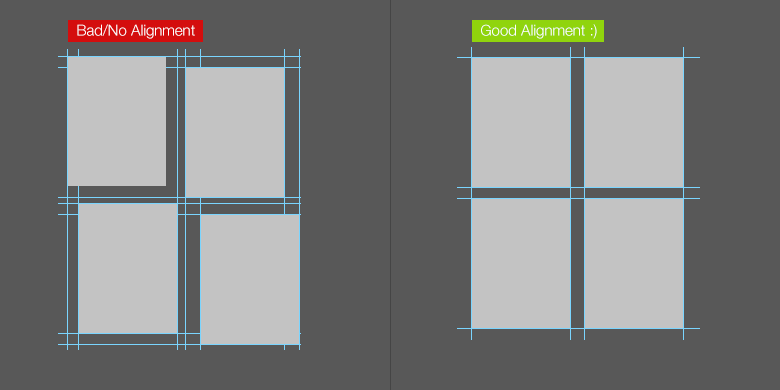
Keeping the spacing between photos consistent.
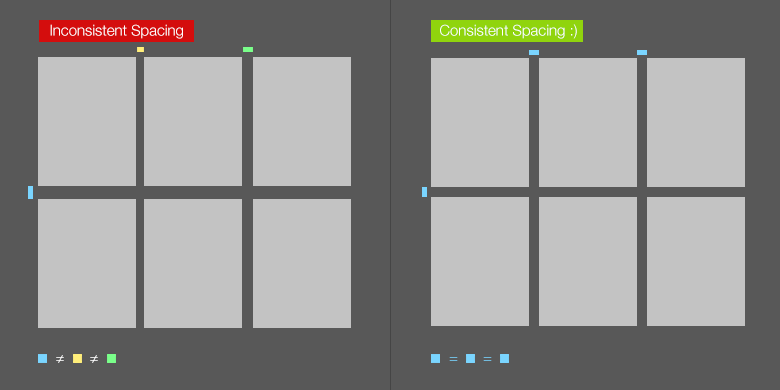
Use white space to create focus.

If you truly want to create stronger designs, invest in sharpening your design skills the same way you would improve your photography skills: educate yourself. Books like Robin Williams’ “The Non Designer’s Design Book” will teach you four basic principles of design that you can put into action immediately. You’ll also learn how to better explain your design decisions so you can more knowledgeably guide your clients.
Focus on the story, not the embellishments
This is closely tied to learning design basics and keeping it simple. All too often, photographers think that “design” means adding colors, shadows, ornaments, gradients, and faded backgrounds. Embellishments like that tend to distract from your photos, making the album appear dated.
There is a time and place to make use of embellishments when it makes sense (and without over doing it). For example, if your clients are in love with dotted patterns, and they use them in their wedding details, you could find a way to incorporate it into their album, perhaps on the cover. But be careful of overusing them or adding other ornaments that have nothing to do with the couple or the event.
In 1910, Adolf Loos, an influential architect, wrote an essay titled Ornament and Crime in which he described how “…ornamentation can have the effect of causing objects to go out of style and thus become obsolete”. He claimed that ornamentation is “…cultural laggard or a pathological case. He himself is forced to disown his work after three years. His productions are unbearable to cultured persons now, and will become so to others in a little while.” He added, “The lower the standard of a people, the more lavish are its ornaments. To find beauty in form instead of making it depend on ornament is the goal towards which humanity is aspiring.”
To make your wedding albums sophisticated and timeless, focus on the story, not embellishments.
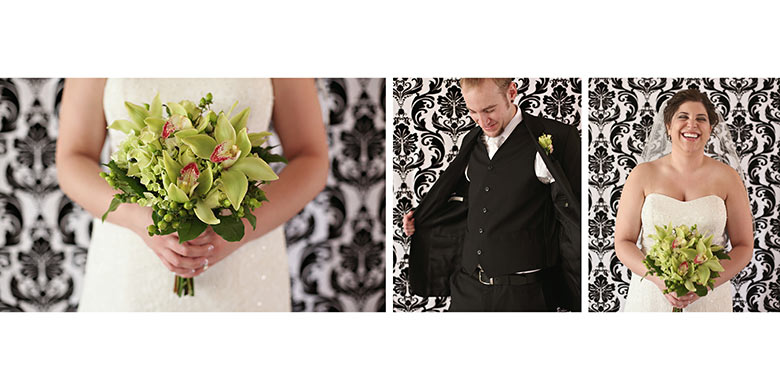
Use the right tools
Abraham Maslow said “If the only tool you have is a hammer, you tend to see every problem as a nail.” Photographers often make the same mistake with Photoshop. Because, Photoshop is the tool many are most comfortable with, they tend to use it for all kinds of projects. But designing an album in Photoshop is very slow, laborious, and inefficient. After all, Photoshop was never intended to be used for multi-page documents!
That’s why many photographers are adding more appropriate tools to their toolboxes. When it comes to album design, the key players are:
Lightroom to cull, edit, and do some basic retouching
InDesign to lay out the album
Photoshop to do final retouching before exporting
While many photographers are familiar with Lightroom and Photoshop, not many use InDesign. If InDesign is new to you too, check out some of our other blog posts to learn more about why it’s the best tool for album design. For an even more in depth guide to InDesign for album design, check out Khara’s new book “Album Moxie – The Savvy Photographer’s Guide to Album Design and More With InDesign.”
Deliver it Fast
In addition to providing your clients with a product they’ll love, a wedding album is also a marketing tool. But it’s effectiveness will depend on how fast you deliver it to your clients. The sooner you send them a design proof with a firm deadline for revisions, the better return on investment you’ll get. It only takes about a month after the wedding for the conversations around your clients’ photos to wind down on Facebook, Twitter, Email etc. If you can order an album within that first month and deliver it to your client soon after, the conversation will reignite and your business will be at the center of it.
Of course, turning an album around quickly means having a proofing solution that helps make it easy. With Banti Album Proofing, you can easily proof the design online, set due dates, and even create custom automatic email reminders so there’s no excuse for getting an album approved in printed in record time.
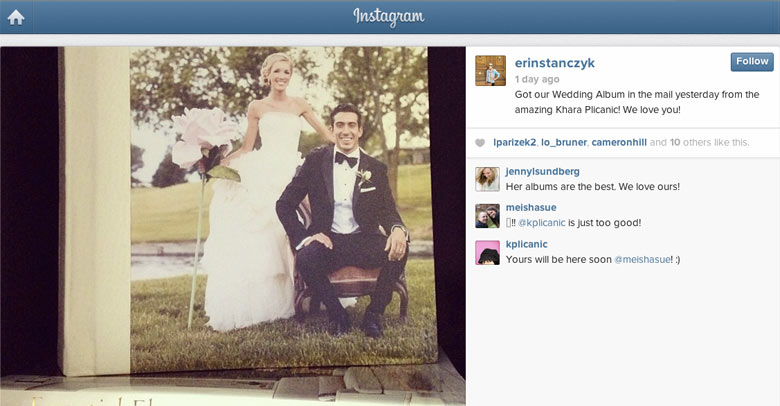
Conclusion
Creating a great customer experience means delighting clients by giving them something that they will love and appreciate not just now, but for years to come. 9 out of 10 businesses say improving their customer experience is a top priority in their business plan*. Those that do improve it will succeed. Are you one of them?

